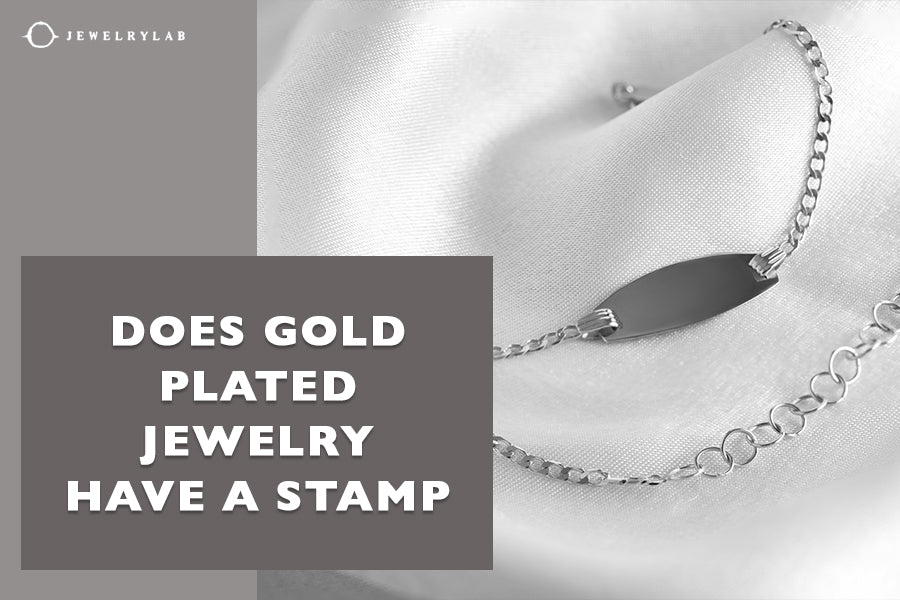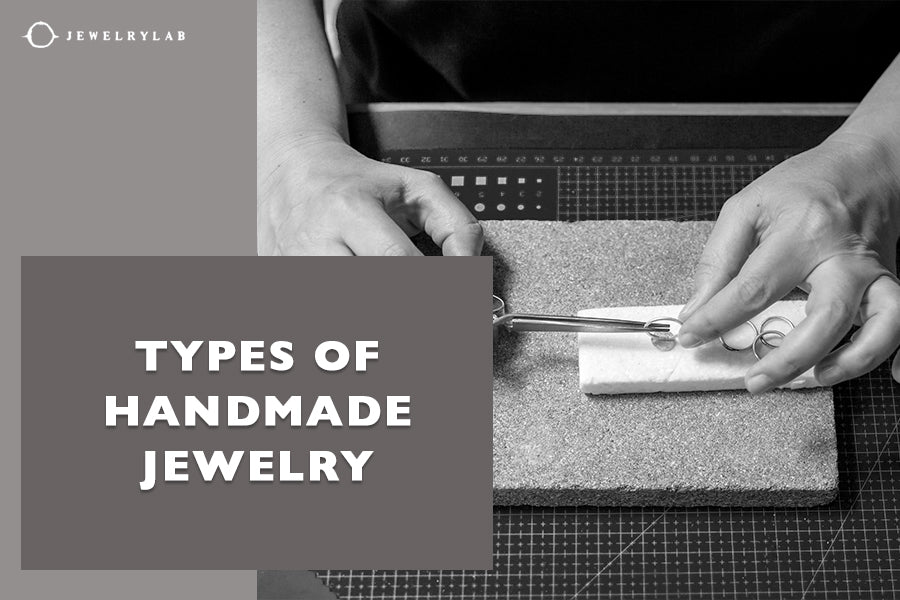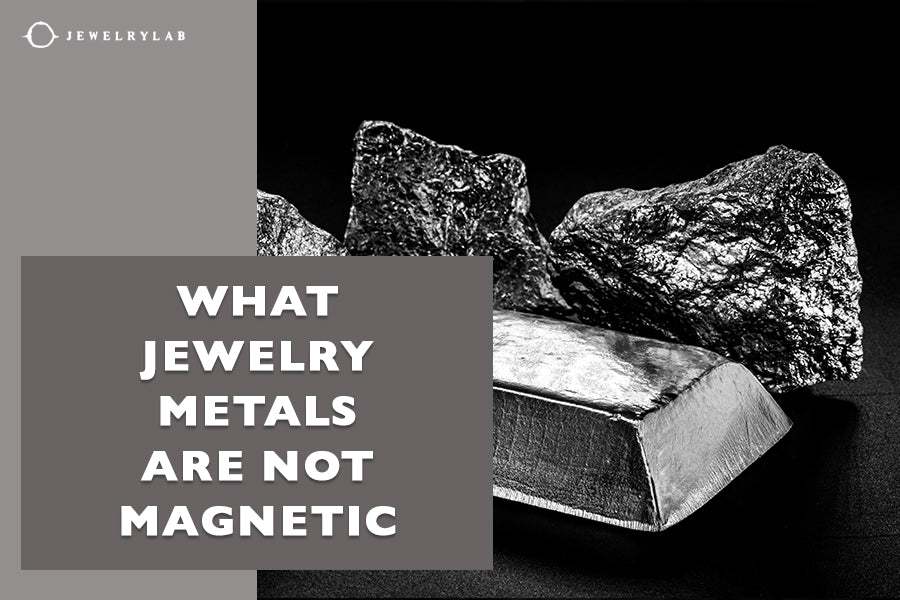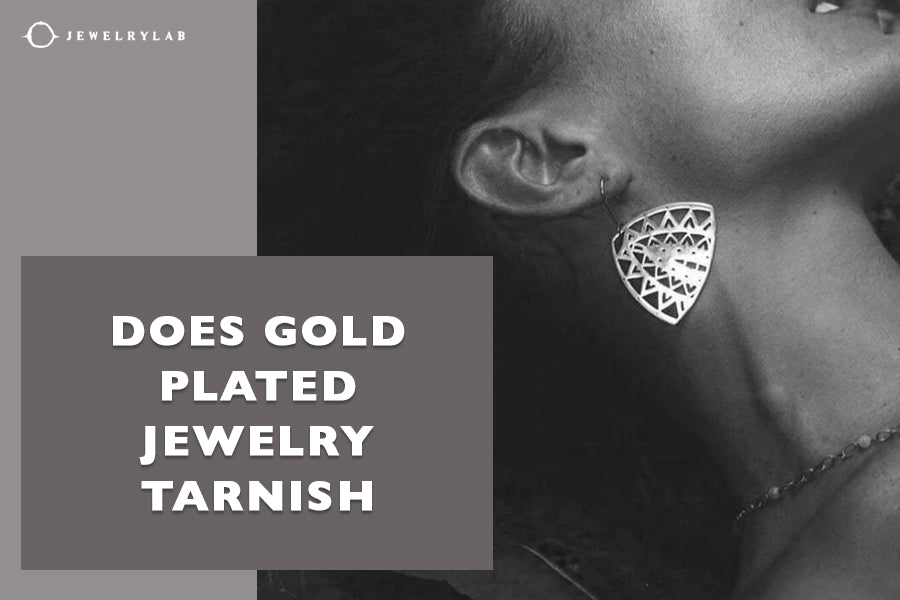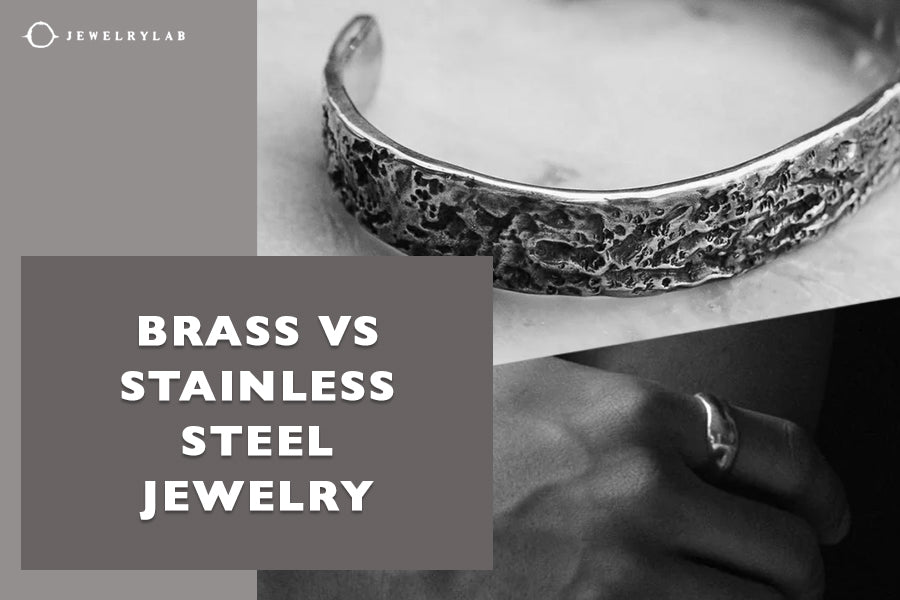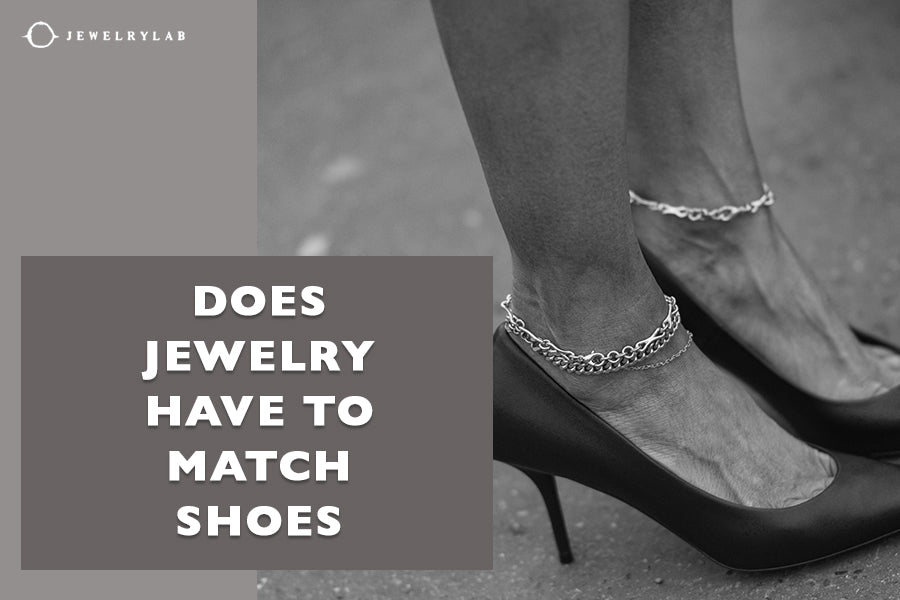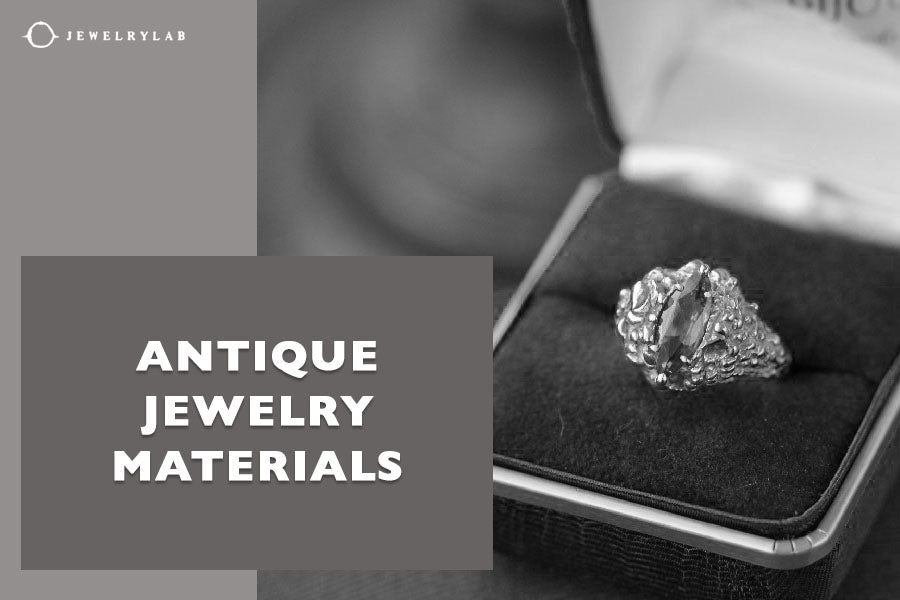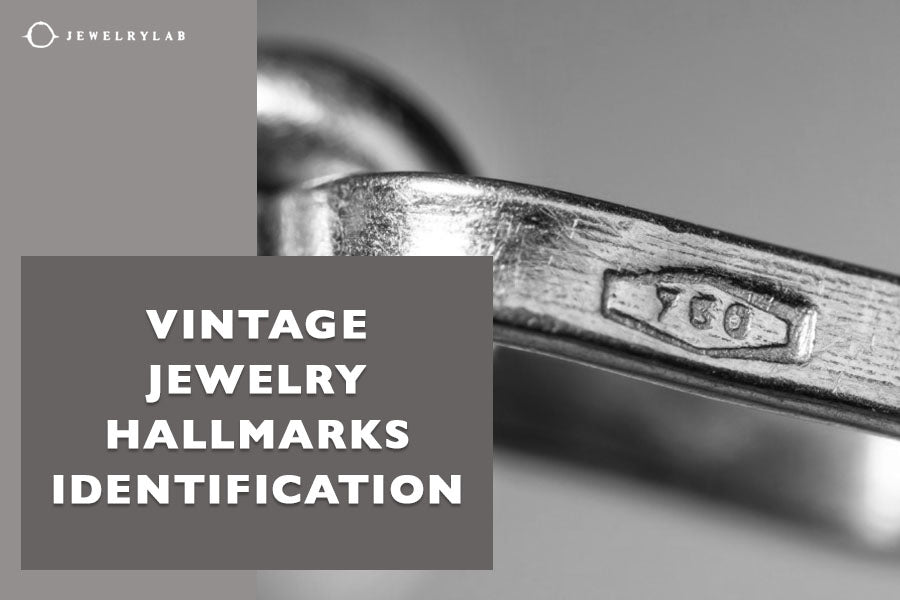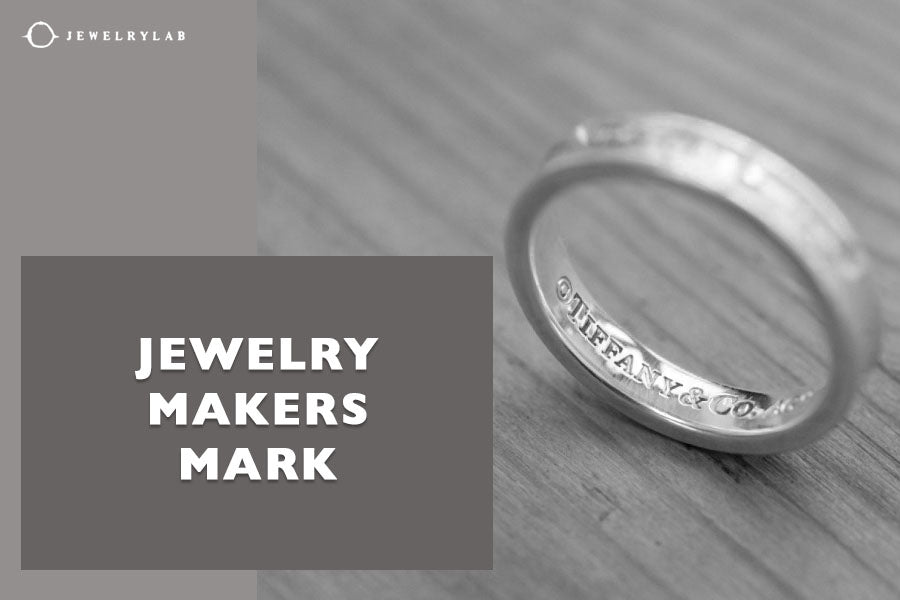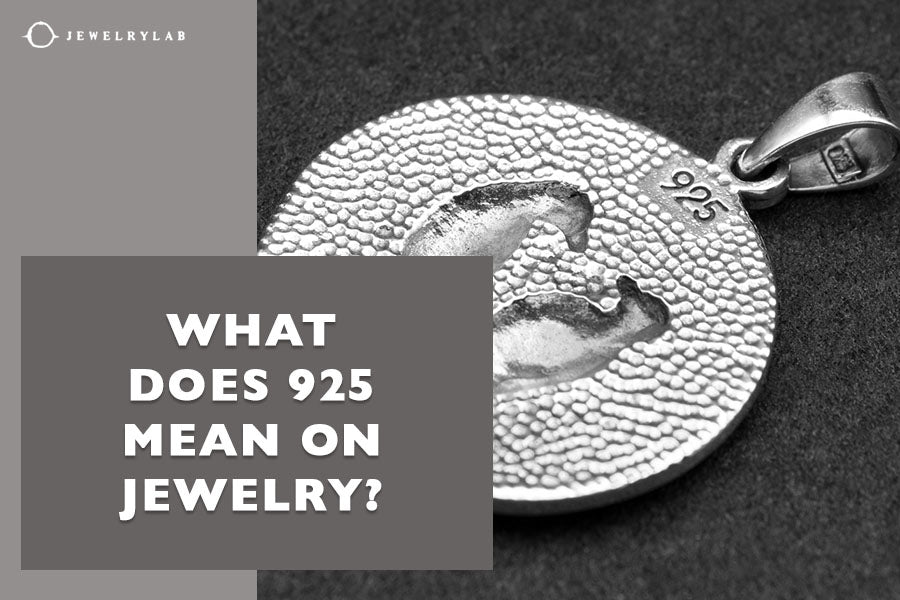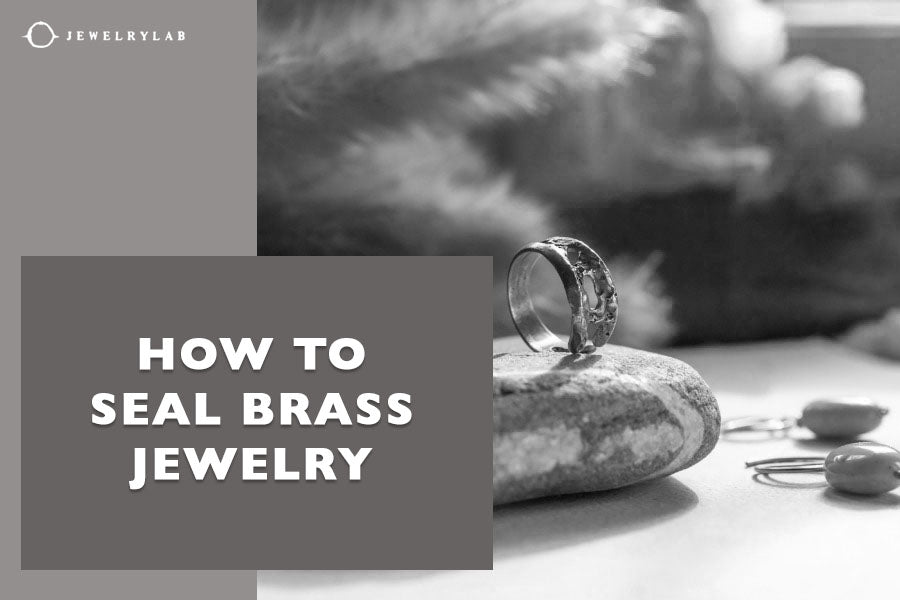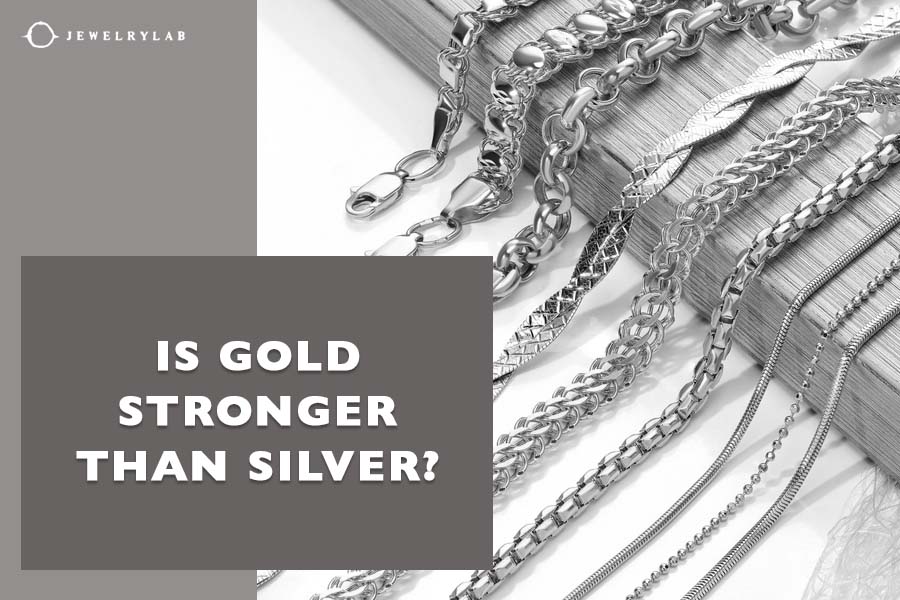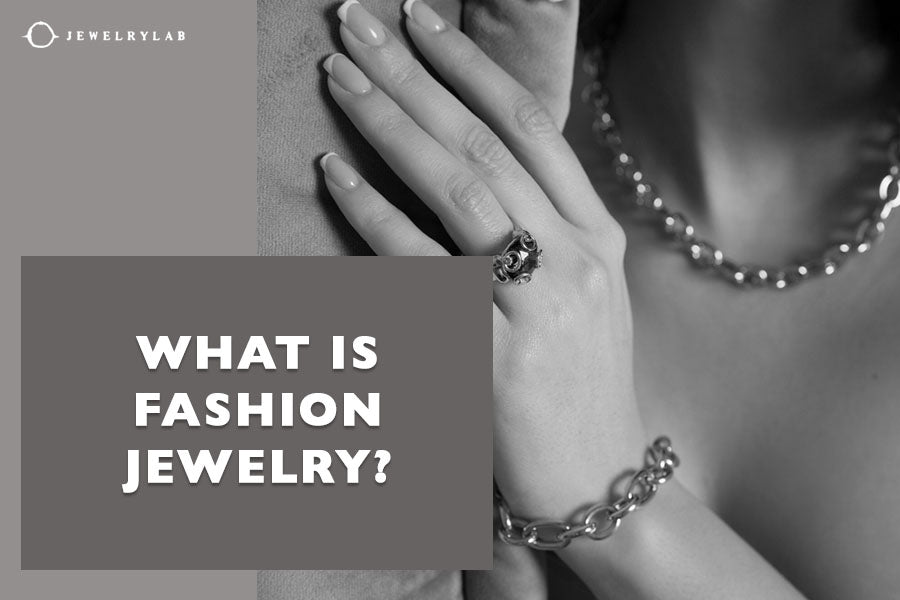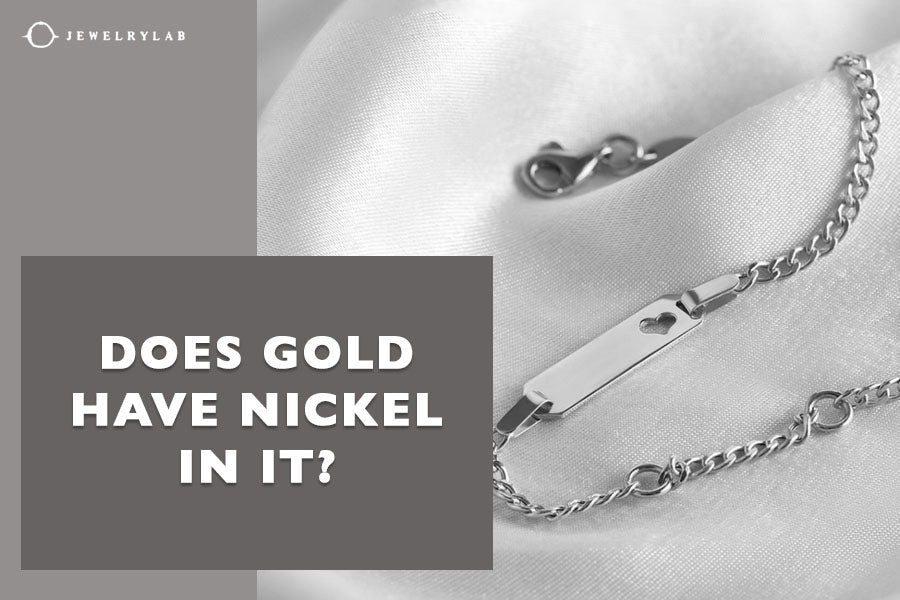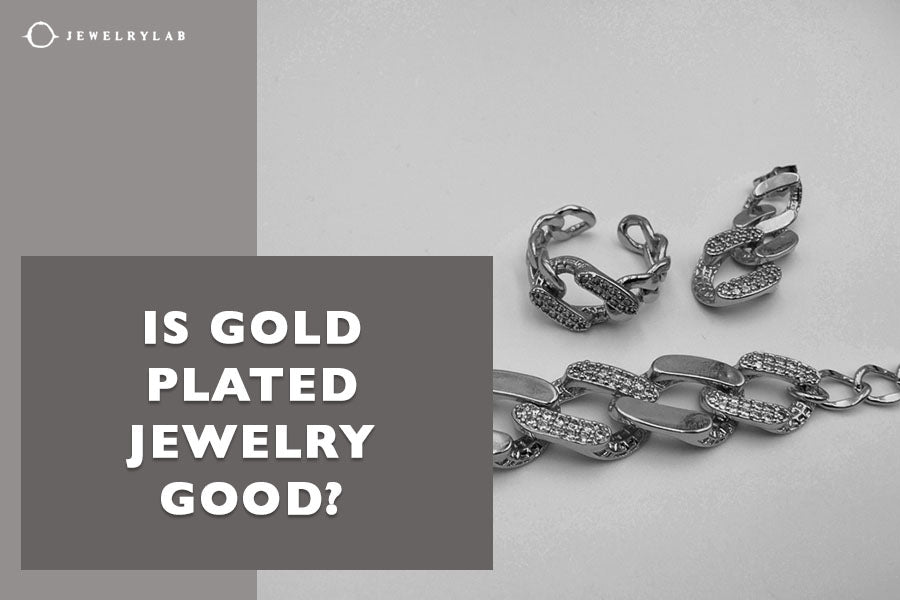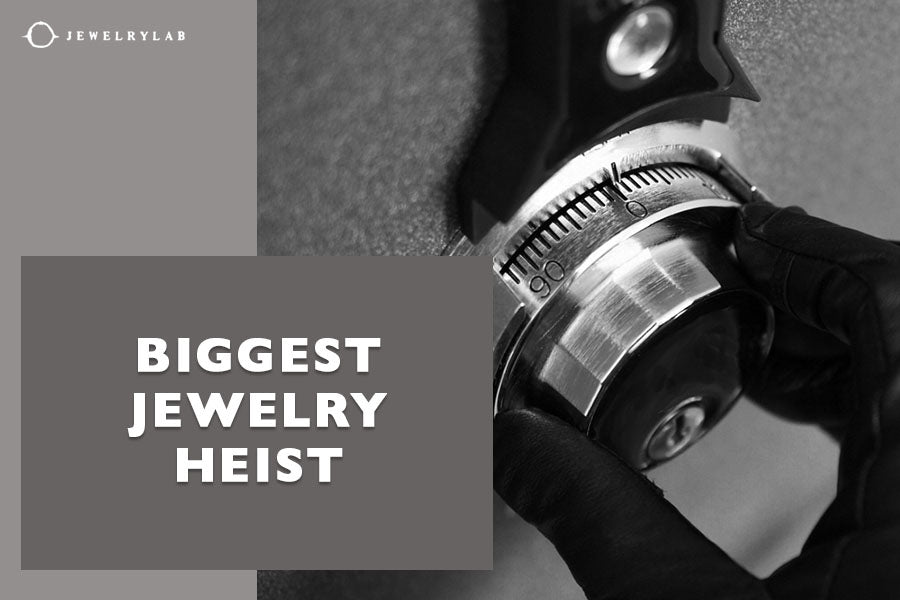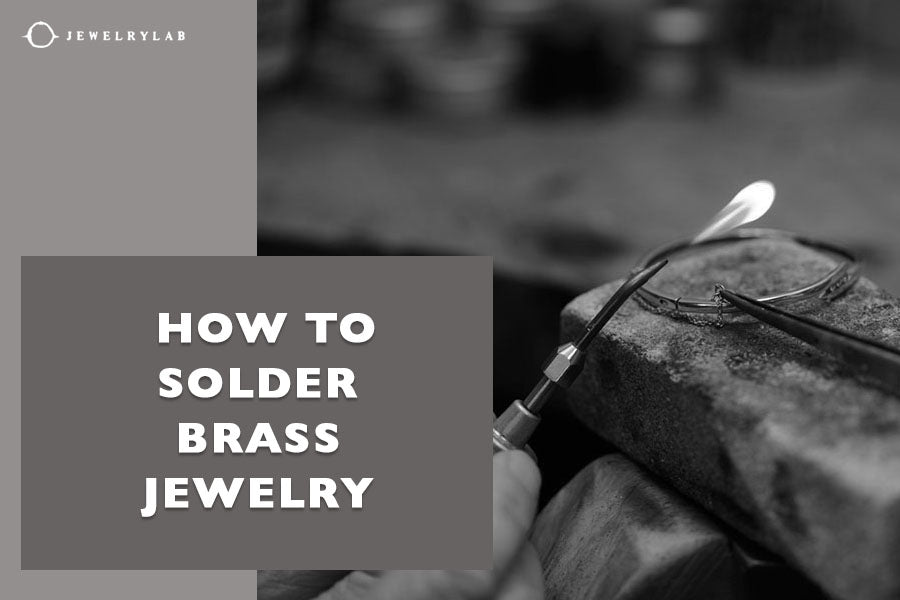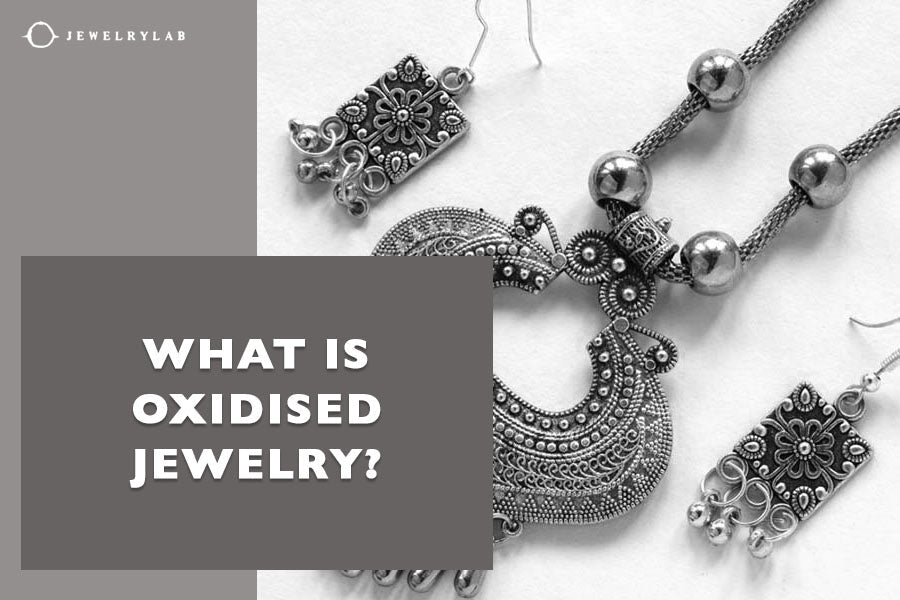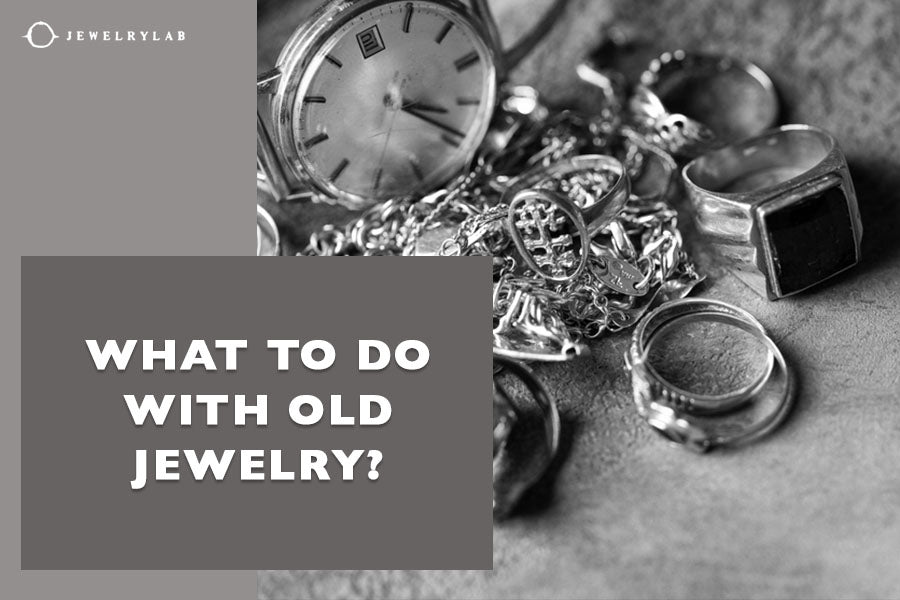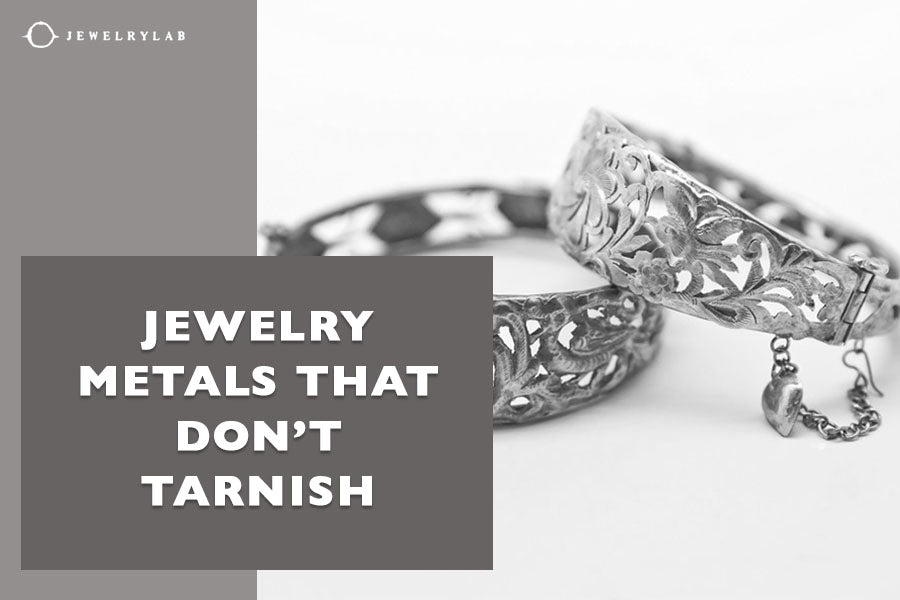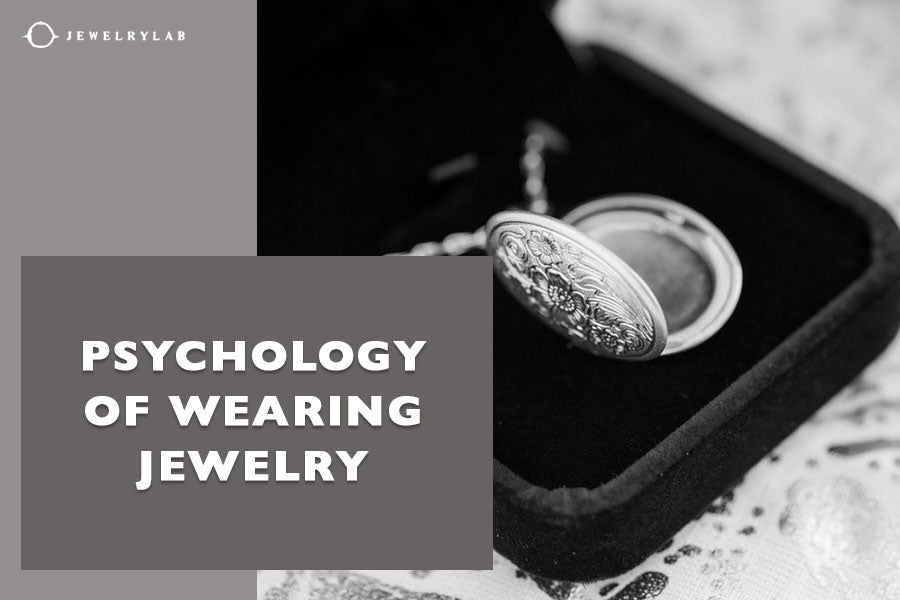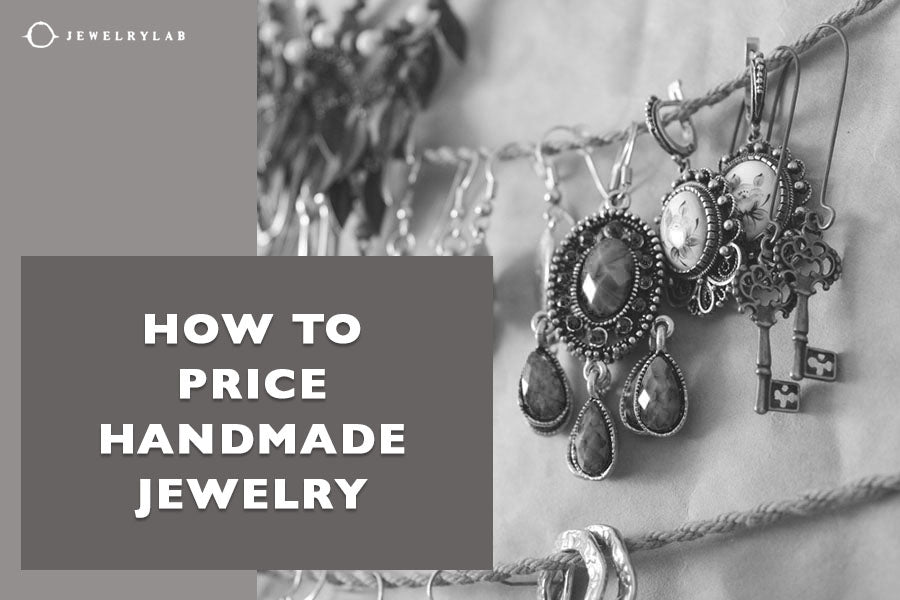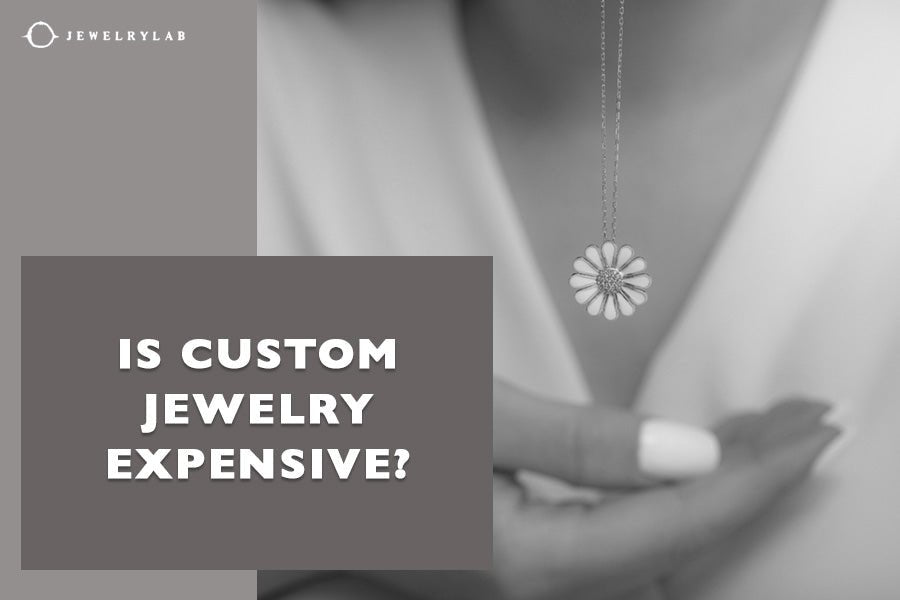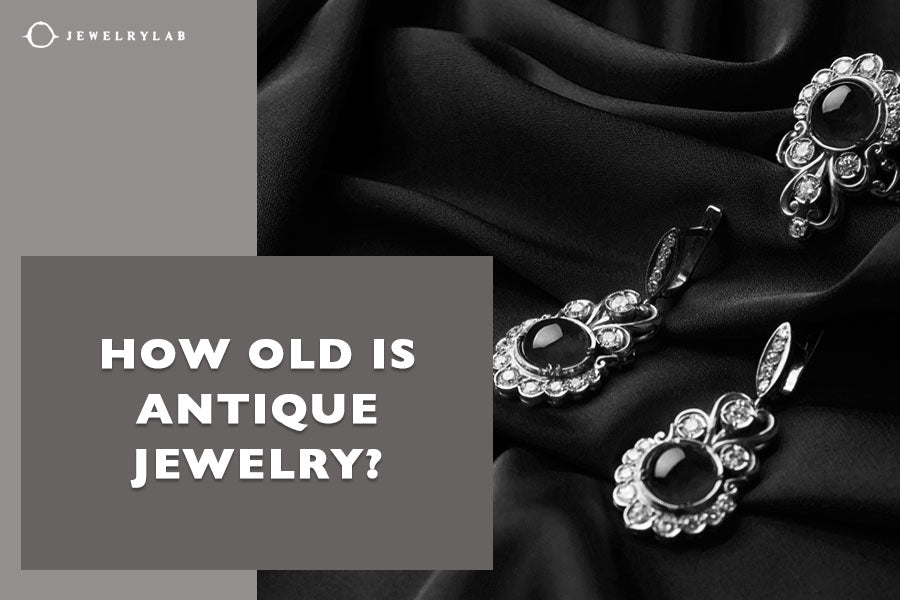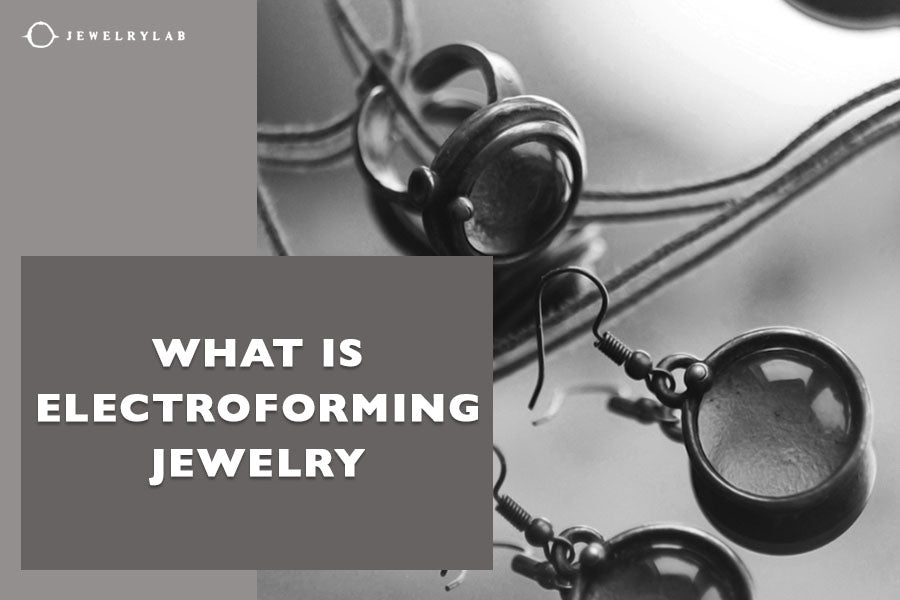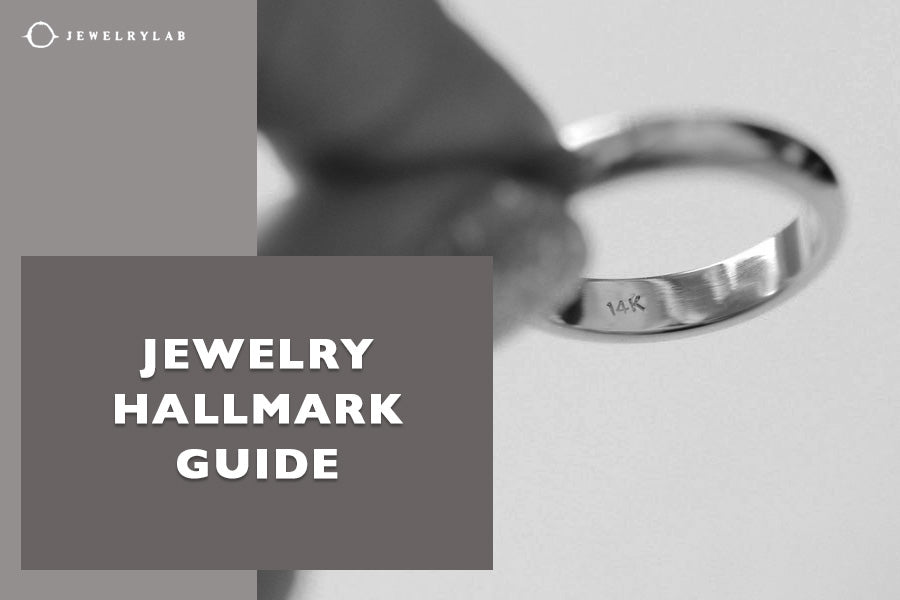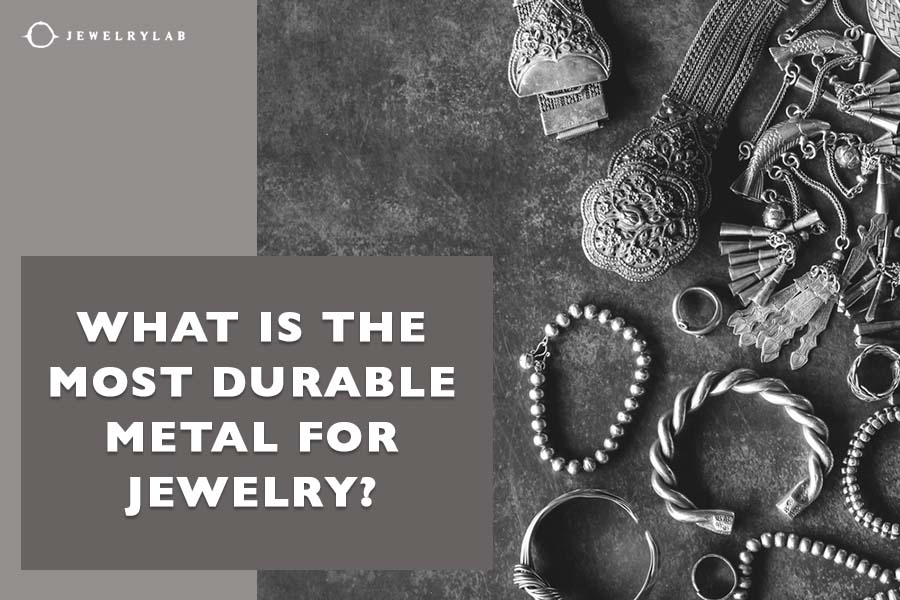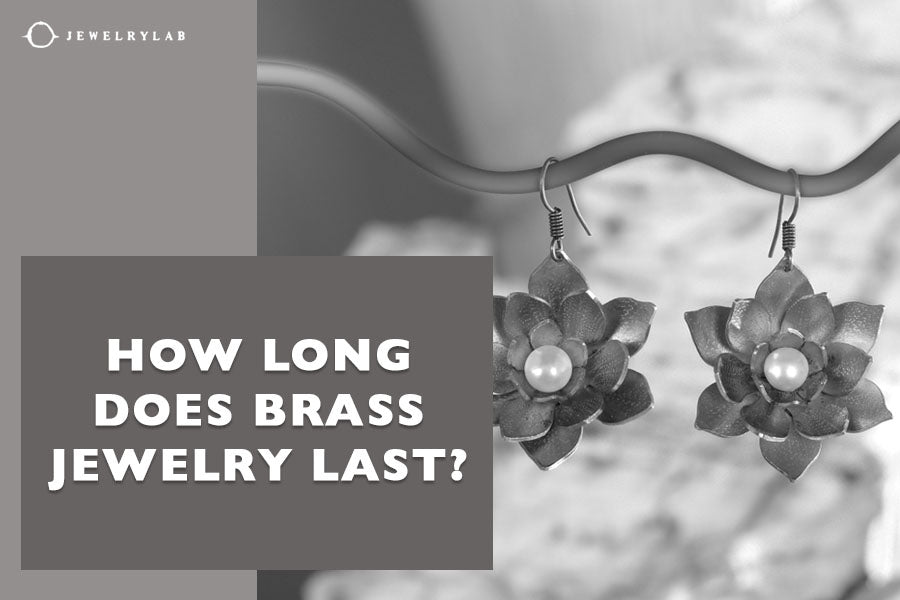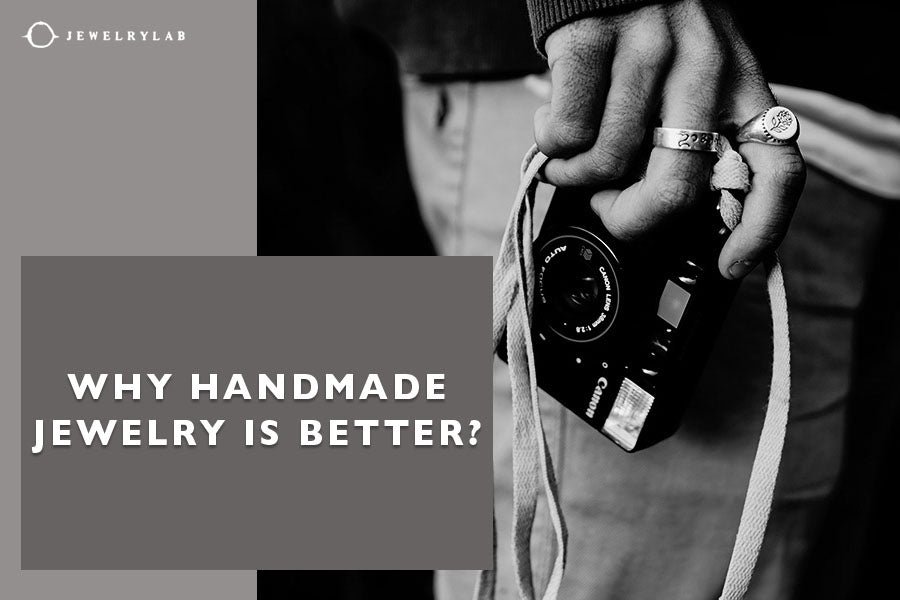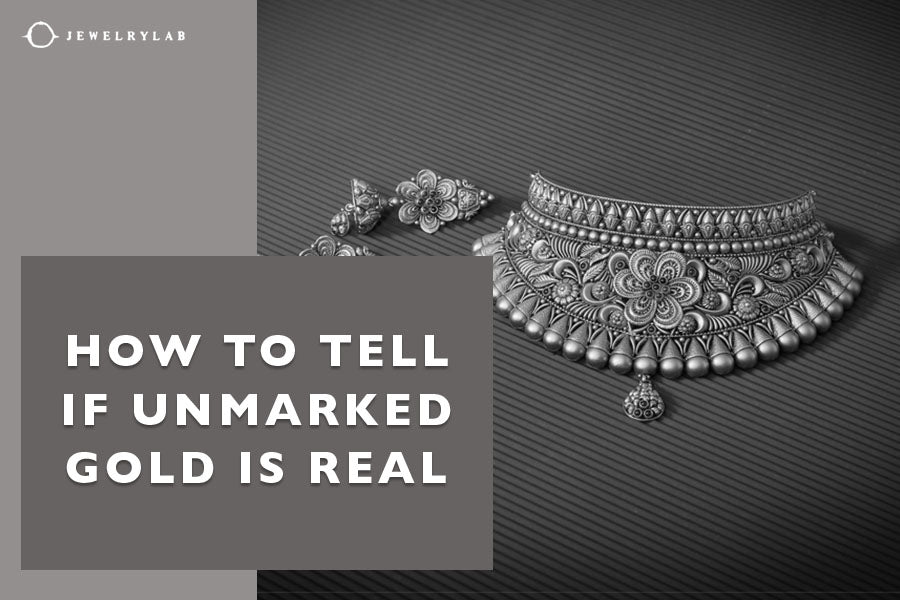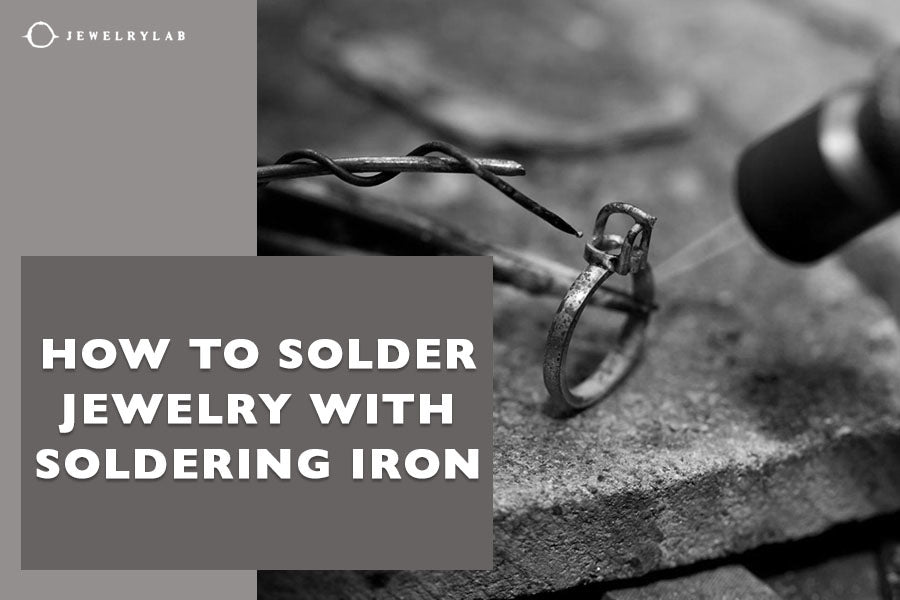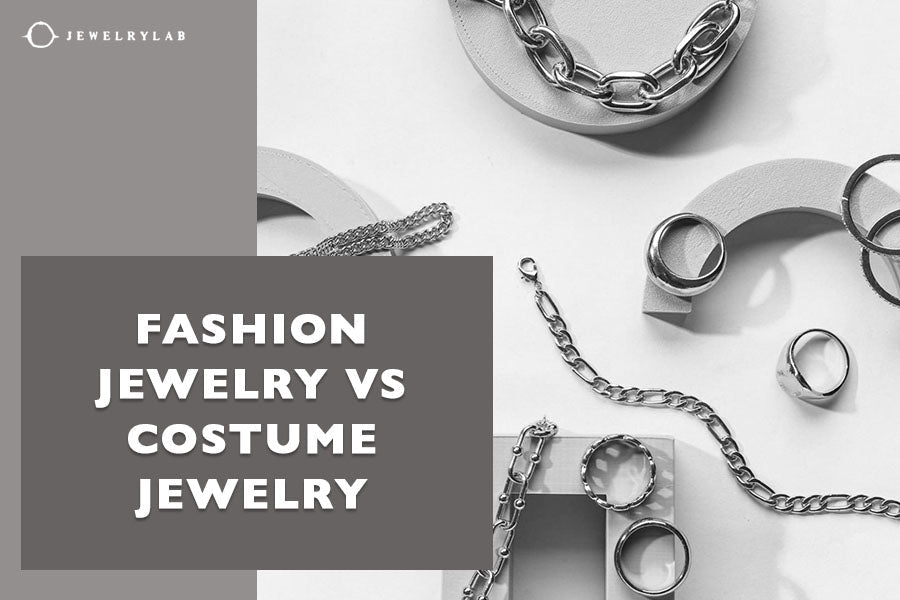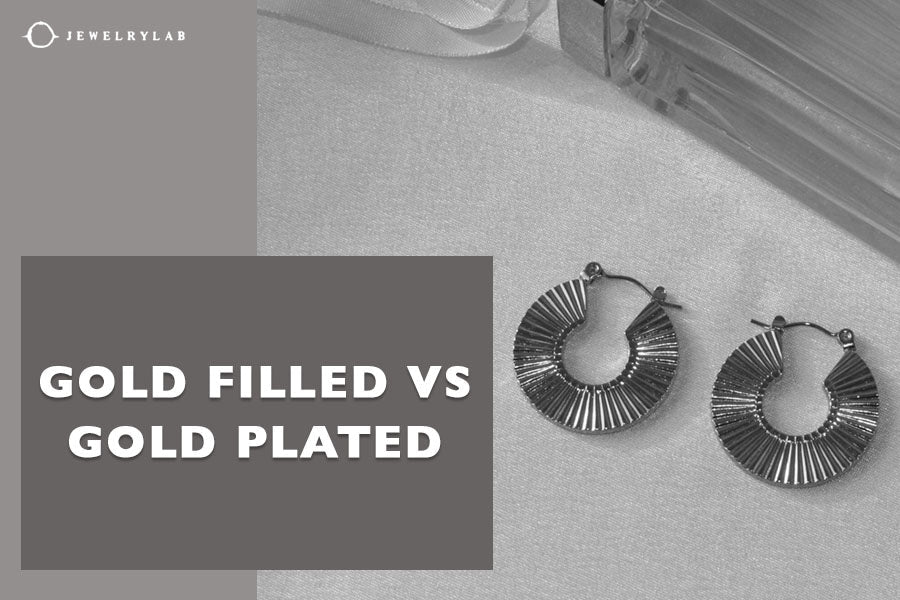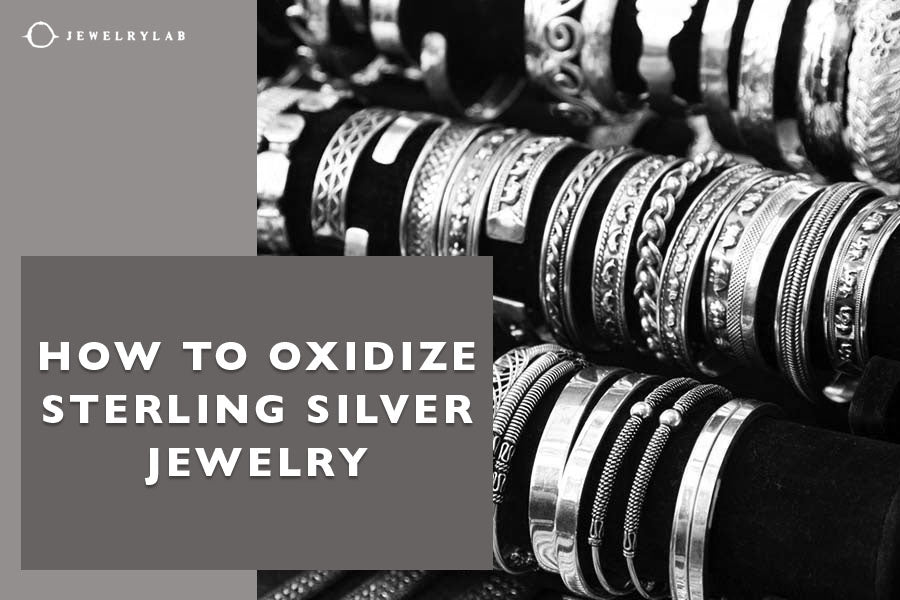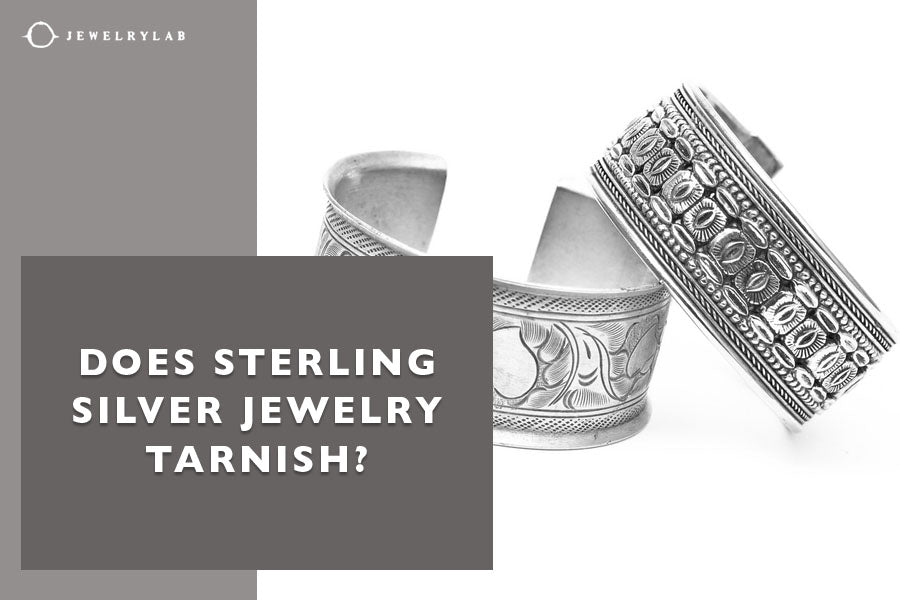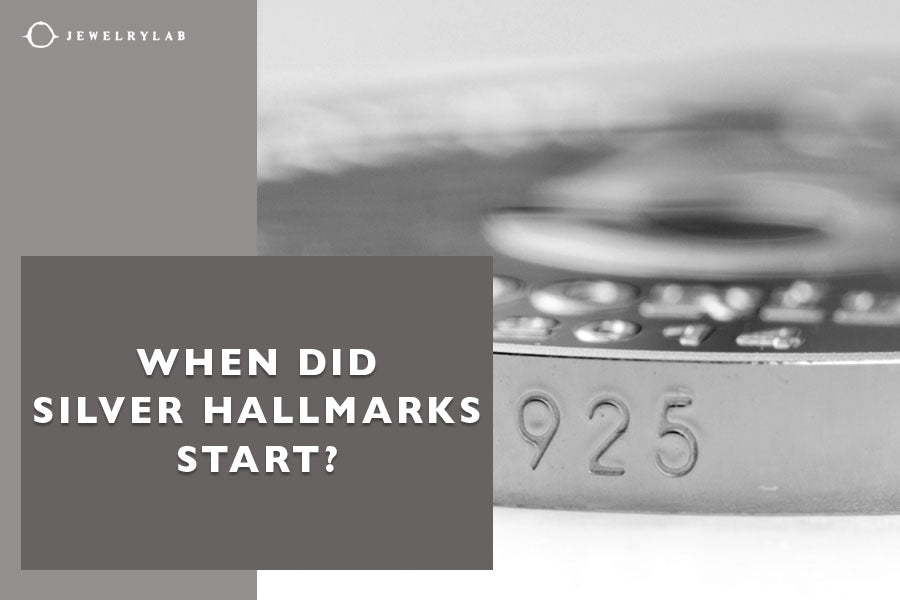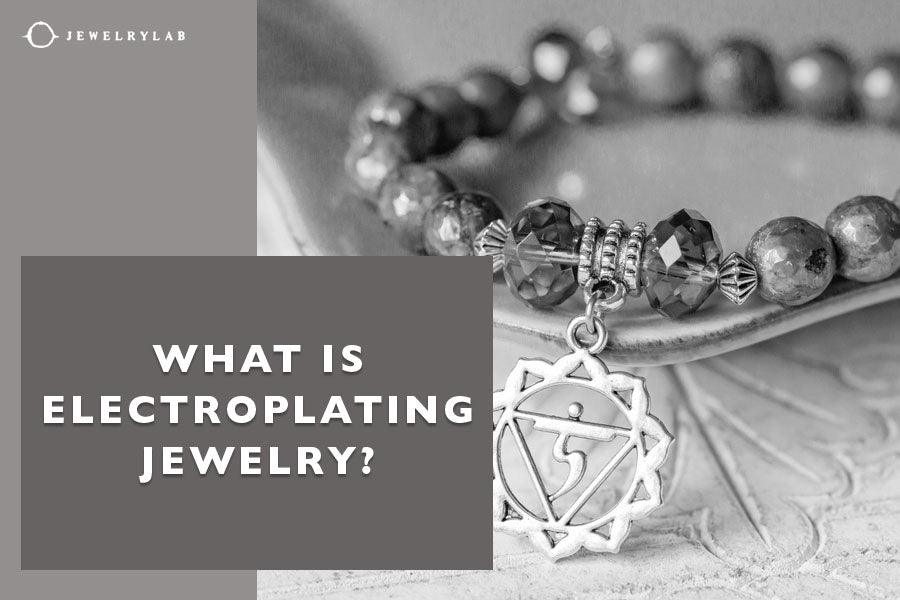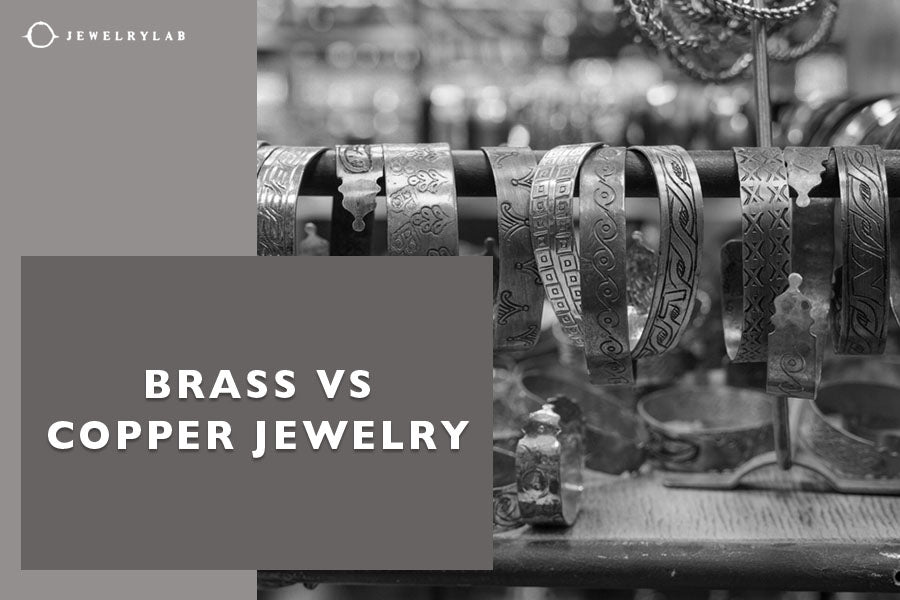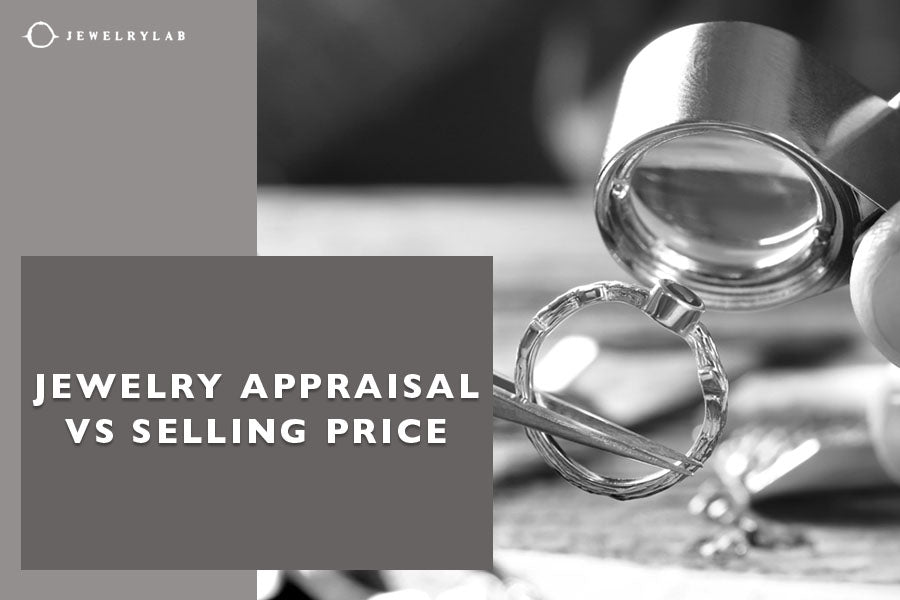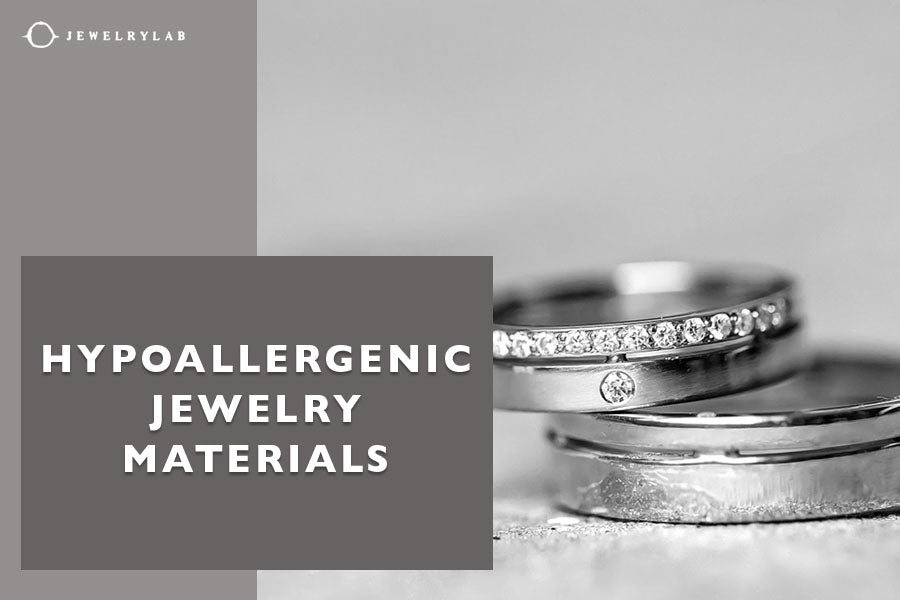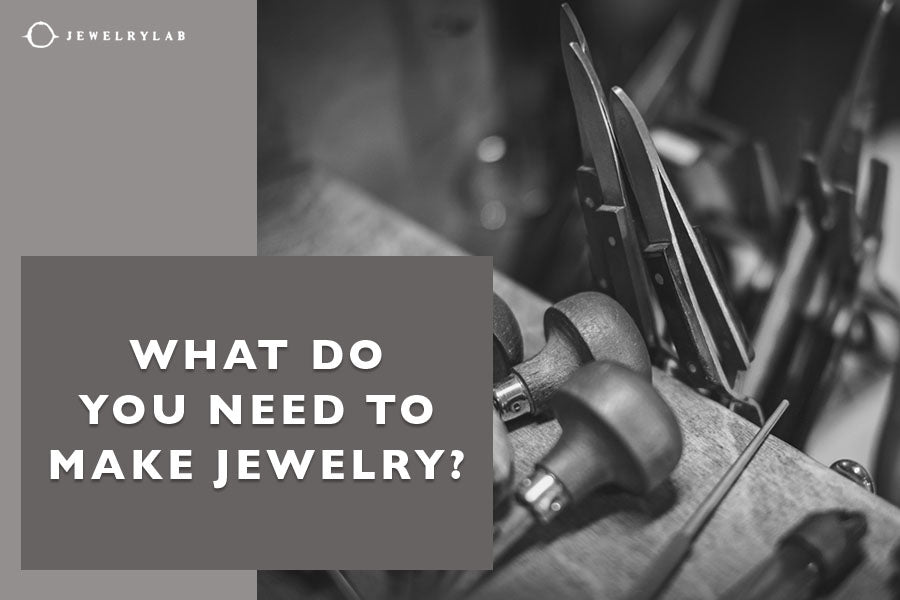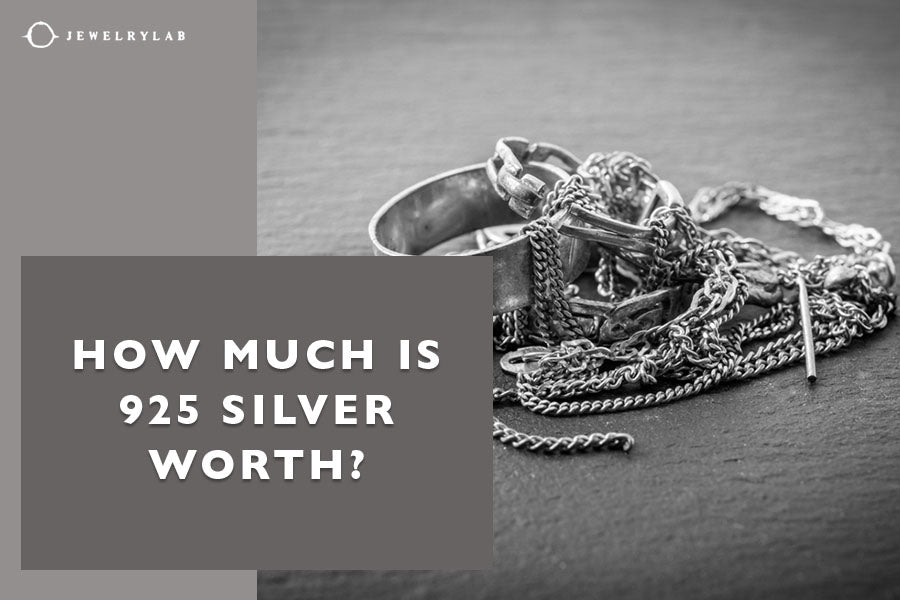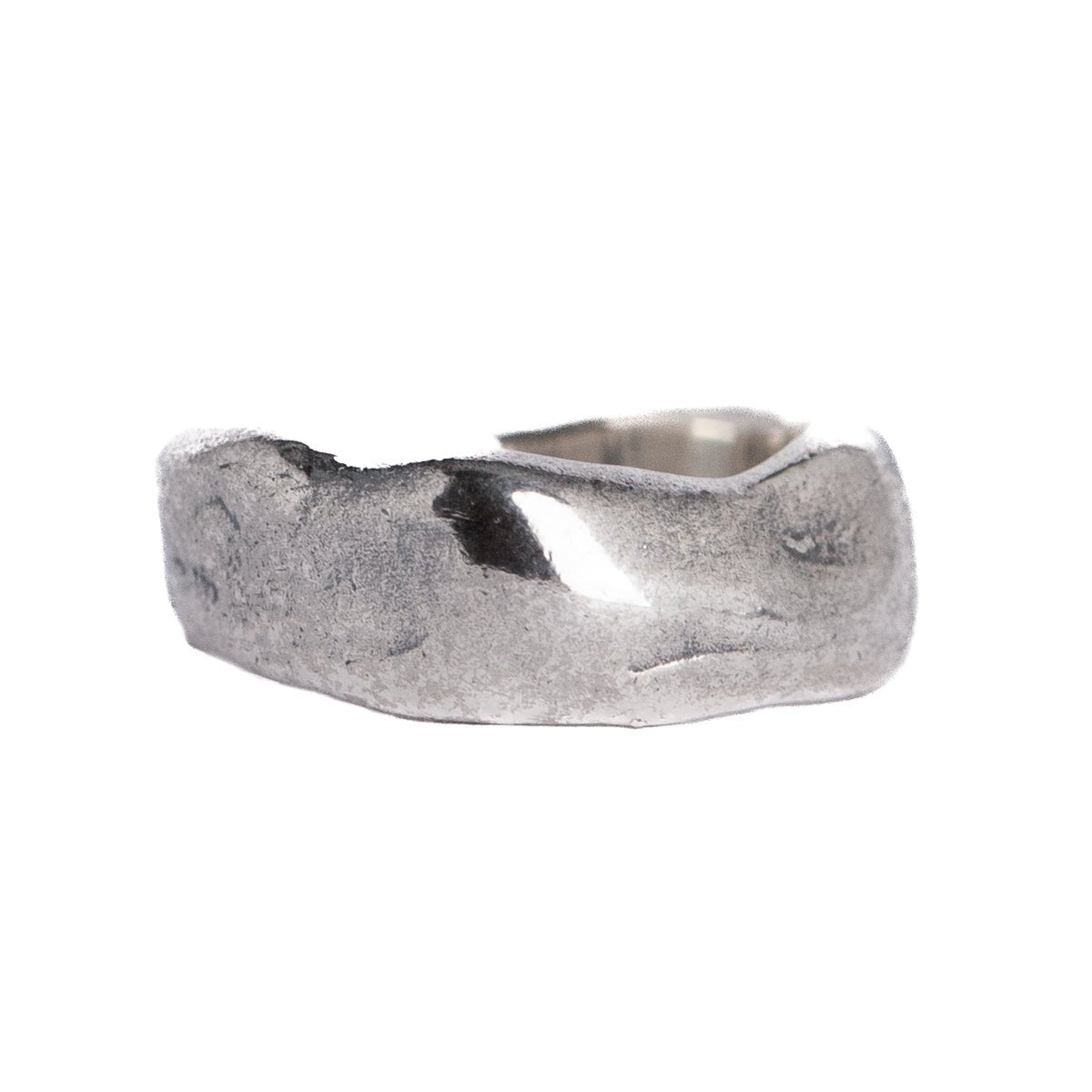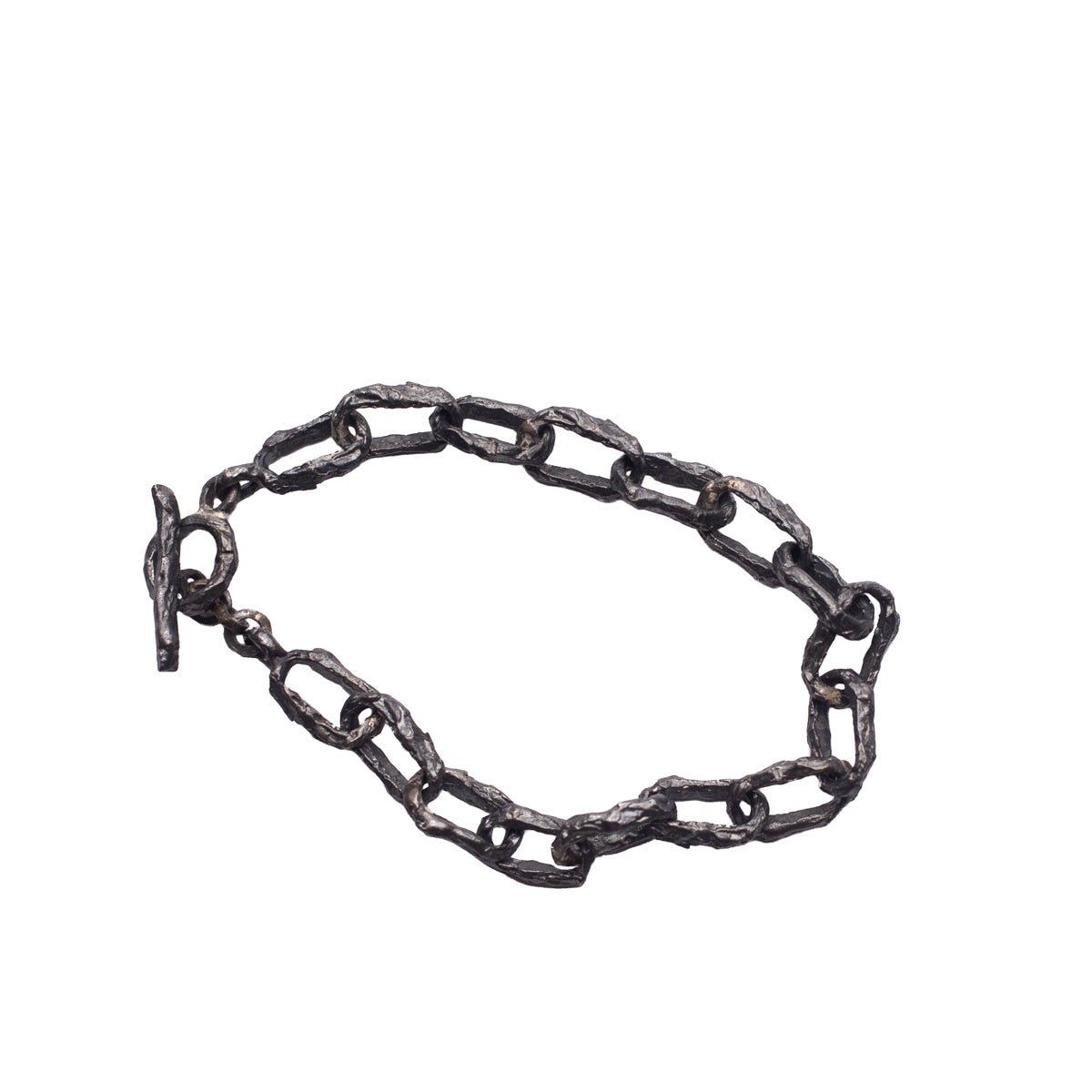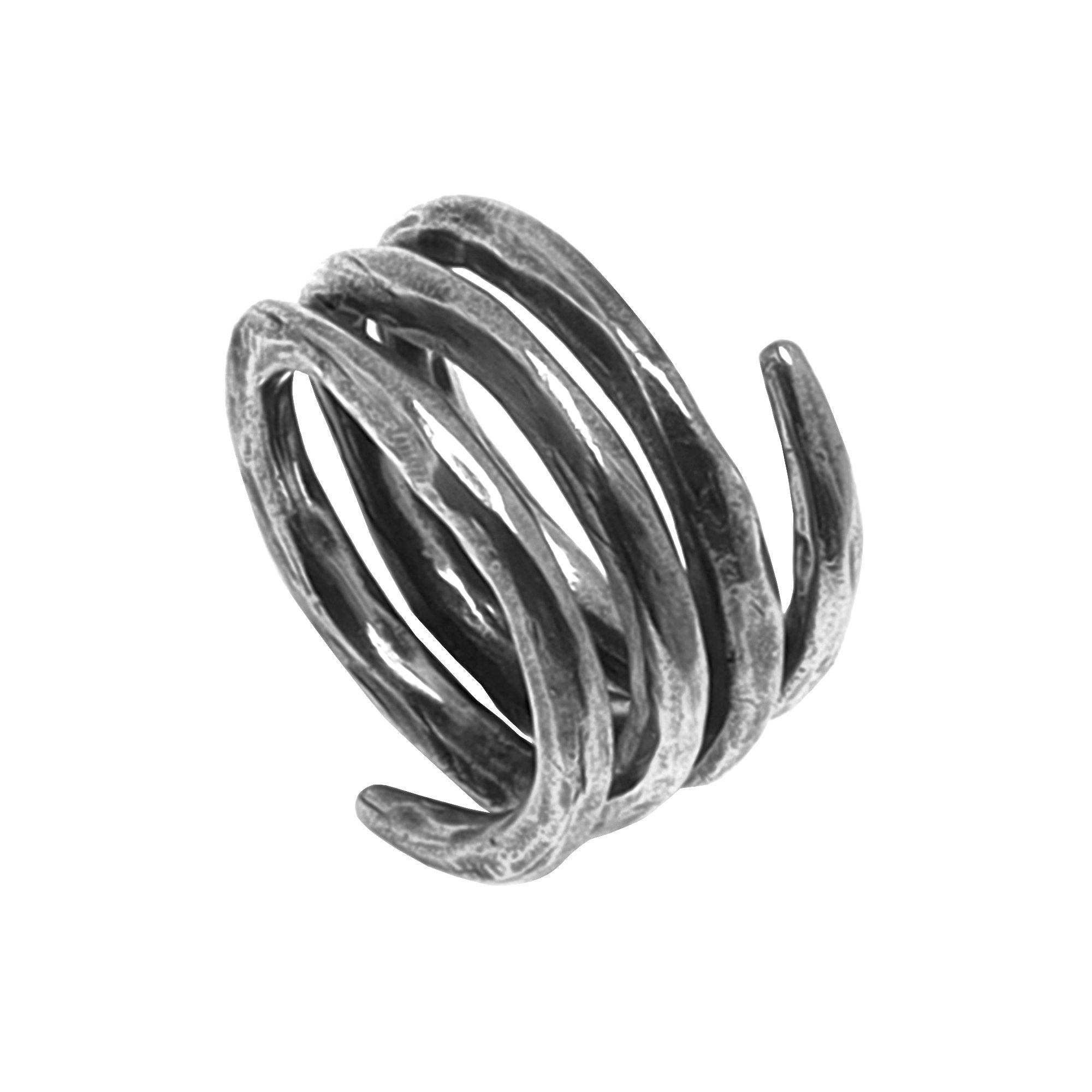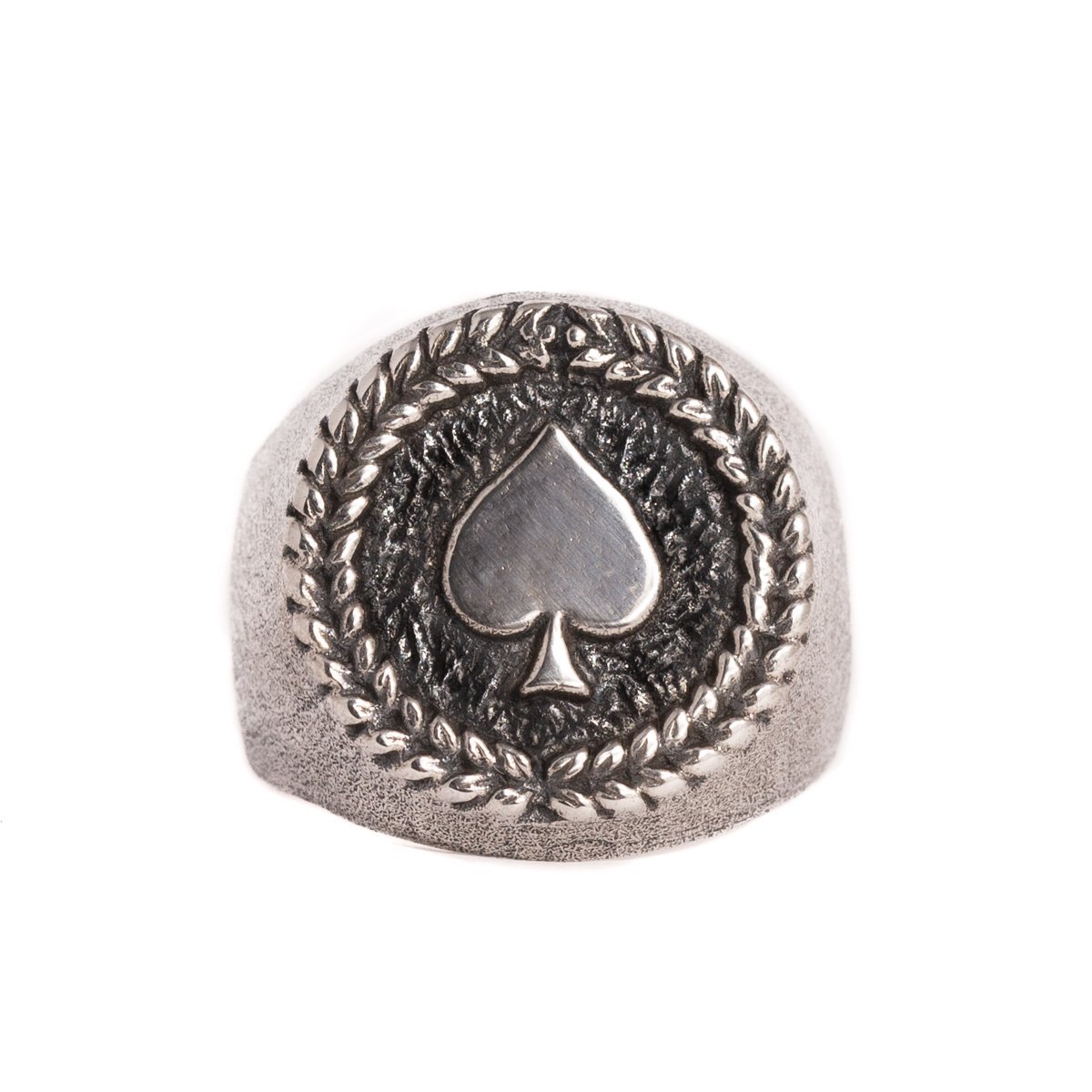by Jesús Zabala - 5 min read
How to Design Jewelry
Have you ever looked at a jewelry piece, no longer available for purchase, and a thought strikes in your head–what if I could make it myself? Although the process of designing jewelry pieces can be demanding and challenging at times, once you’ve understood how to design jewelry, you’ll easily bring your vision to life.
Designing and creating jewelry is our passion, and we can say we have walked a long way to achieve this kind of excellence.
Although we cannot teach you how to design jewelry in detail, we can provide you with the fundamentals. The rest will be up to you, your creativity, talent, and dedication.

How to Design Jewelry?
Each jewelry designer has their own way of designing jewelry. Besides that, every jewelry process varies depending on the type of creation you want to achieve. For instance, experienced jewelry designers might come up with a design in just a few minutes and don’t need to rigorously follow the steps of designing jewelry. Others, less experienced jewelry makers, need to follow the key steps in designing jewelry and, with time, find what works best for them.
However, that shouldn’t be the case if you are just starting out with jewelry designing. Building a routine and understanding the importance of each phase is important so you can see long-term results.
The recommended steps on how to design jewelry for beginners are:
- Understanding of jewelry design elements
- Finding inspiration
- Coming up with a concept
- Designing the jewelry
- Finding experience jewelry makers to make the jewelry
- Finalizing the design
Understanding the elements of jewelry design
First of all, get familiar with the basic elements of design. There are seven key jewelry design elements:
- Lines are used for the definition of shapes, making divisions, and creating textures, they differ according to their length, width, and direction and can be straight or curved,
- Shapes also defined as self-contained areas,
- Size or the physical dimension of the jewelry
- Space which consists of background, foreground, and middle ground, and there are two types: negative and positive space,
- Color can be divided into three categories: primary, secondary, and tertiary, and has three main properties: hue, intensity, and value,
- Value is defined as the darkness and lightness of tones, the difference in values, known as contrast, is especially important in jewelry design,
- Texture adds definition to the jewelry piece and determines how will the jewelry feel to the touch.
Principles of jewelry design
To design the perfect jewelry piece, you have to use the above-mentioned elements, but at the same time also follow the basic principles. For one, you should base your design on unity. The pieces should be designed with a sense of cohesion and consistency. You can ensure all elements in the design work together by using unified color schemes, similar materials, and consistent design motifs.
You should learn how to achieve harmony in your jewelry design. All the elements should perfectly complement each other, creating a pleasing appeal to the eye.
What we also like to do with our designs is ensure adequate proportions. To illustrate, when we were designing the Gopa necklace, we specifically focused on finding the perfectly proportioned circle that would go well with the chain links.
Symmetry goes hand in hand with proportion. We prefer a mirror-image balance, like the one we used for designing the Killing Me Softly and Sun and Crown ring.
Lastly, if you want to create attention-grabbing jewelry, don’t be afraid of using contrast. You have many options to make visual interest by combining elements that are in conflict with one another. You can mix opposing metals, colors, textures, and shapes in your design.
Gathering inspiration and research
Your inspiration is the number one thing that will make your jewelry unique. To illustrate, our brand JewelryLab evolves around the wild and asymmetrical beauty of humanity. We found the inspiration for the more than 15,000 jewelry pieces in spiritualism, expressionism and ancient cultures.
As for you, you can find inspiration everywhere, from nature and everyday life to historical sources. We recommend you start by exploring the different jewelry styles. You can easily get inspired by other jewelry pieces.
So what will it be? Will you unleash your creativity by designing traditional jewelry pieces, or do you want to create more avant-garde and edgy models?
Sketching and concept development
When familiar with the theoretical part of jewelry design, it is time to start with the practical part, which is sketching jewelry and concept development. The jewelry design sketch should be a representation of what you want your jewelry to look like.
Start by brainstorming ideas and making rough sketches. This will help you organize and capture your ideas. The initial sketches should focus on the overall shape and form of the jewelry, and later, you can continue refining the design by adding more details.
The detailed drawings should fully visualize the jewelry piece by including details and multiple perspectives. When developing the concept, you should also choose appropriate metals for your jewelry and consider functionality, wearability, and durability.
Methods for sketching jewelry
When you are sketching your jewelry design, you can either make the sketches the old-fashioned way with pencil and paper, or you can use special softwares and CAD programs. What will suit you better depends on your skills. For instance, many people who have a drawing talent, find it easier and faster to put their ideas on a sheet of paper.
On the other hand, regardless of the fact that designing softwares and CAD programs comes with a learning curve, they are extremely helpful tools for precise jewelry design sketching. Some of the benefits of using jewelry design software are:
- Making complicated designs with ease
- Precision and detailing
- Efficient and fast way to design jewelry
- Creation of high-definition rendered photograph of the design for excellent visualization and presentation
- Easily sharable files
- Minimized human error
- Easy replication and modification of the designs

Collaboration with jewelers and artisans
An inevitable step in designing jewelry is consulting with experts. During the entire process, having someone with experience assist you and give you practical tips and tricks can be highly beneficial.
Working collaboratively with jewelers and artisans will speed up your learning process. You can take leverage from helpful expert guides like this one or seek in-person consultation sessions. Whichever option you choose, you should be open to making adjustments based on the feedback and practical considerations you will be provided.
Finalizing and documenting the design
Finally, dig into the design specifications and prepare the design for the manufacturing process. This includes planning the techniques that will be used in the jewelry manufacturing process, finalizing the measurements, and finding suitable materials.
Conclusion
Once you get familiar with the process, and make some actual designs, the steps on how to design jewelry will come naturally. With every design you take, don’t forget to utilize the basic elements and principles of designing. We encourage you to unleash your creativity, draw different designs, and seek help when you feel stuck.
-
DESIGNED & HANDMADE IN BALI
-
FREE RESIZING FOR EVERY PIECE
-
FREE SHIPPING ON $150+ ORDERS
-
100% SAFE & SECURE CHECKOUT

